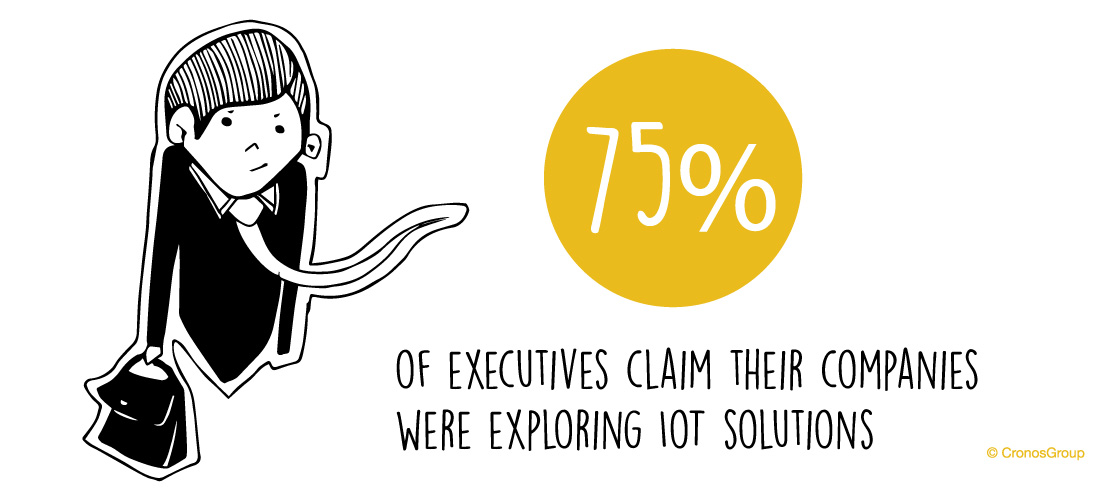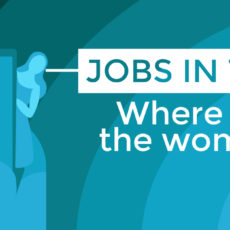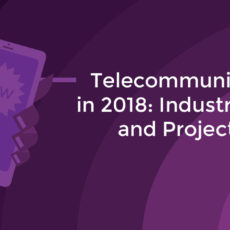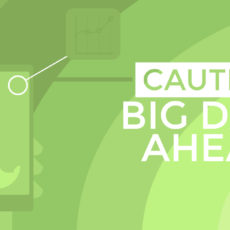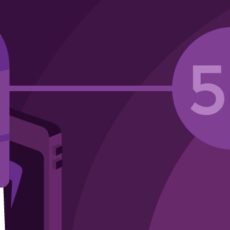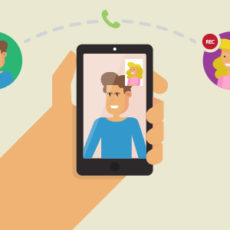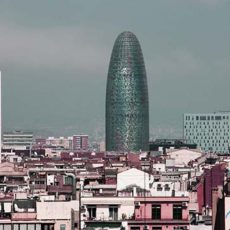Although the term Internet of Things (IoT) began to be used in 1999, in the last weeks a large number of people talked about it. As the European Comission announced, Internet of Thingsis “a technology and a market development based on the inter-connection of everyday objects among themselves and applications”. IoT has also been in the spotlight during this edition of The International CES, one of the greatest consumer electronics and technology tradeshows held last week in Las Vegas, NV.
The idea about the term is that there will be more things connected in the Internet than people connected through it. Although, the connection between devices will become an intelligent system of systems.
The amount of devices connected in the Internet has grown hugely in the recent years. The estimated number of this kind of objects will be around 5 Billion at the end of 2015. However, and as a Cisco study estimates, there will be 50 Billion devices and objects connected to the Internet by 2020. Not everything connected to the Internet will be computers, smartphones, tablets and televisions. Actually, all of them will represent only 1/3 of the whole devices. The other 2/3 will be sensors and newly invented intelligent devices that monitor, control, analyse and optimize our world.
Which are the areas most impacted by IoT?
According to an Intel guide, the connected devices will be in several different areas. The most important one, which will accumulate the 40.2% of the objects, is the business/manufacturing sector. There will be industrial uses such as real-time analytics of supply chains an equipment, temperature monitoring, as well as agriculture uses like wine quality enhancing, meteorological station network or animal tracking. Another area with a huge IoT impact is the health care, with an estimated 30.3% of the whole devices. Applications are very different and will include portable health monitoring, electronic recordkeeping and pharmaceutical safeguards. A percentage around 8% of the wireless things will be related in the retail area, with uses like inventory tracking or smartphone purchasing. Security will also be benefited with IoT impact, because it will help, among others, with biometric and facial recognition locks. The transportation will be a great area for IoT applications too, with self-parking cars or GPS locators as a clear examples.
As a very recent study from Affinnova & Aquity Group published in Adweek announced, the most wanted smart item is the refrigerator, which could control the temperature itself as well as notify their owners when a product is missing. 59% of people answered that they would be willing to pay more for a smart refrigerator than for another item. Other popular devices are a light bulb, sprinklers and thermostats which are going to switch on for their own. But, home devices are going to have a great demand as well. Some brands have already developed coffee makers able to connect with smartphones or a mechanism who let you to feed your dog even though you are not at home.
It is important to mention that a large number of these applications will also require VOiP services, smart devices will have to call user for alerting or notifying them sometimes. A classic example of a calling service is in the health area: if an elderly person who lives alone suffers a heart attack, the connected device will call the hospital as well as the relatives.
According to Affinnova & Aquity Group, the 57% of consumers strongly agreed with the idea that the Internet of Things is going to be “just as revolutionary as the smartphone”. Another 58% feel that in 20 years people will wonder how we ever lived without them. On the other hand, 65% people said they want IoT with the aim to save money.
Nevertheless, the 92% of the consumers didn’t know what they wanted from a smart objects. That shows that people, in general, trust with the efficiency of the IoT impact but they don’t know the applications of it yet.
Not everyone trust IoT
But not everyone have all the faith with Internet of Things. 41% of people fear smart products could take actions that they, as individuals, would not have chosen. Precisely, that is one of the IoT major challenges. The fright about privacy and security is also important. 53% of consumers expressed concern about data sharing and 51% are worried about hacking. Another challenge is the need to provide real value: 41% of citizens fell the actual smart products are too gimmicky and 36% exposed a lack of perceived value for in-home devices has prevented adoption. Price is a key issue as well: 50% of consumers believe smart product would be much more expensive, and 23% of people rated “price” a top concern.
Finally, a huge problem is the need to reach more consumers. Although the term could be familiar to you, 87% of people were unfamiliar with “Internet of Things” and 64% were unaware of smart products already on the market.
Great opportunity for telecoms
IoT has been one of the greatest opportunities that telecommunication sector has had in the last years. Internet of Things will require a large amount of data, and telecom industry has to be capable of keeping it. In fact, a Deloitte study showed that last year there were more data generated by machines than by people. And these numbers have to increase in a spectacular way in the coming months and years. However, IoT it is a brand new business model and it will not be easy to take advantage of the situation. Diana Daniels, Cronos Group CEO, belives that “telecom business need to understand their environment: how their customers are connected, and how their services and products help them to the purpose. Then, they shall not forget or confuse their business model; and plan, if possible, an evolution of their infrastructure to potentially build a connected platform”.
In addition, Internet of Things will also change the game for the telecommunications industry because people will be constantly connected to thousands of devices, and all of those would require an excellent and permanent connection to the Internet.
Global economy impact
On the other hand, the global economy is going to integrate Internet of Things into its system immediately. The International Data Corporation (IDC) estimated that devices connected to the Internet will generate nearly $9 trillion in annual sales by 2020. Only the smart home market will have a volume of €4.1 billion in Europe by 2017. Furthermore, Asian countries are playing a leading role in the IoT inversion. Siemens predicted that China is going to invest around $713 Million in the Internet of Things industry this year.
There is no doubt that Internet of Things is the future. That is why a great part of businesses are waiting for its applications. As Deloitte showed in a study, nearly 75% of executives affirms that their companies were exploring or adopting some form of IoT solutions. They also confirm that the integration of IoT to their business is necessary to remain competitive. For that reason is not strange that Samsung announced, during the last CES tradeshow, that in 2020 every single product they are going to sell will be connected to the Internet. The Internet of Things era has just started; are you ready for IoT?

